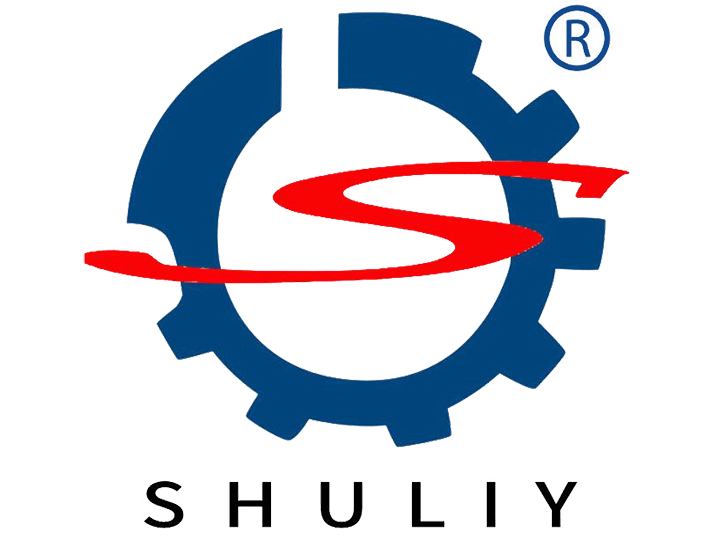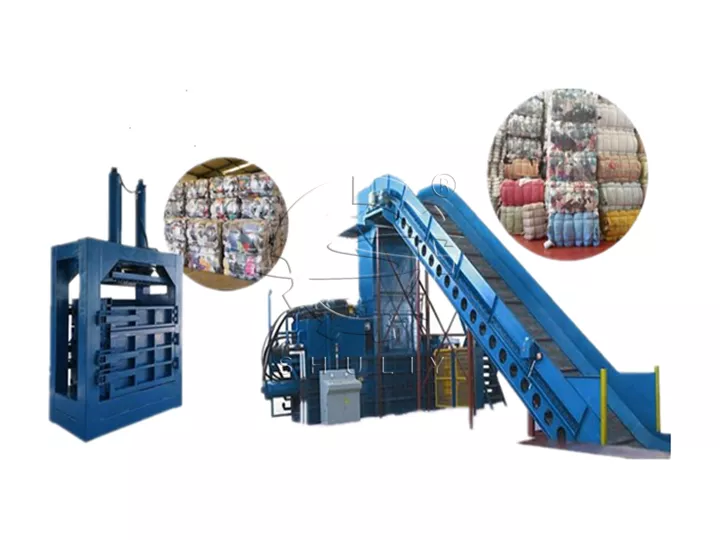废旧衣物打包机是功能强大的机器,其主要任务是将废弃衣物、纺织品和纤维材料紧密地打包成紧凑的包装。这不仅有利于减少体积、节省储存和运输空间,还能有效降低废物处理成本。
无论是废旧衣物、床上用品、鞋类还是其他纤维材料,打包机都能快速高效地完成工作。废旧衣物打包机不仅用于废物回收生产线,还用于纤维回收、再生材料生产、慈善捐赠和许多其他应用。
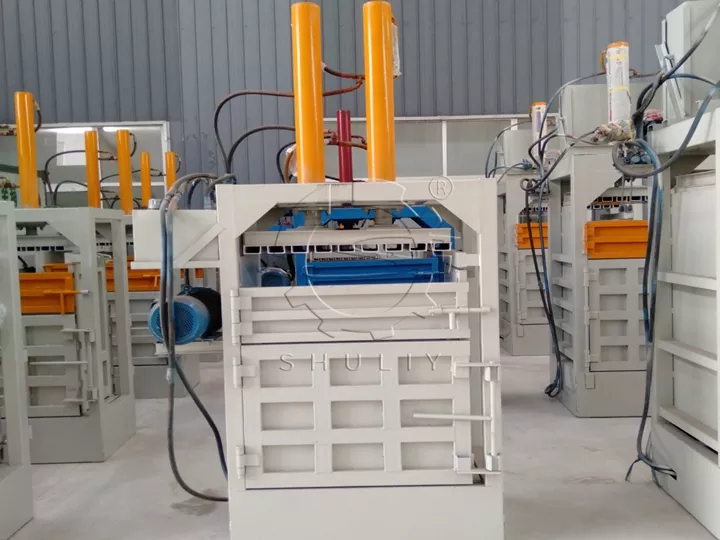
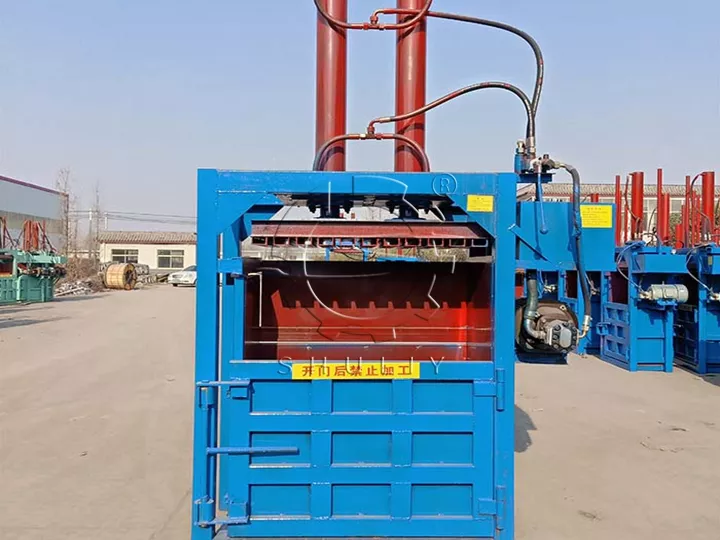
服装打包机成品展示
废布打包机的成品通常具有以下特点:高度紧凑、坚固耐用、易于搬运、便于储存和堆放、有利于回收再利用等。
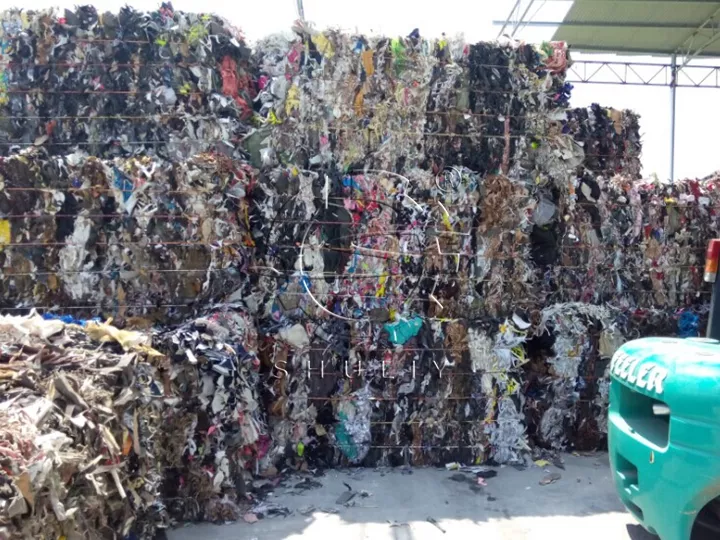
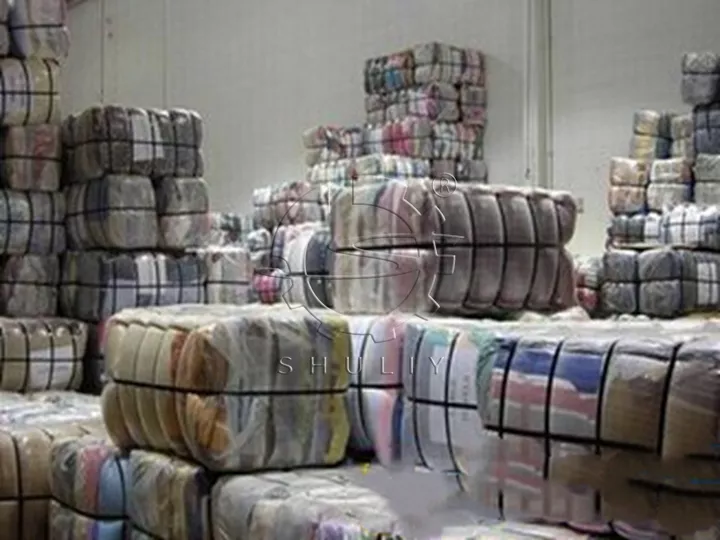
液压布料打包机的工作原理是什么?
由液压泵、液压缸、液压油管路组成的液压系统是打包机的核心。通过液压缸的往复运动,压板将旧衣服压成紧凑的捆包。当压缩达到预设压力或体积时,机器会自动停止压缩。
打包机用途广泛
是的,服装打包机在各个领域都有广泛的用途,不仅仅是废旧服装回收。以下是打包机在其他领域的一些常见应用:
- 废纸和废纸板回收: 打包机用于将废纸、废纸板紧紧地打包成方形或长方形的包装物,以供运输和回收材料加工。为此,您可以从文章中了解更多信息 用于废物回收的液压纸板打包机.
- 塑料回收: 塑料打包机用于对废旧塑料容器、瓶子、塑料薄膜进行打包,有助于减小体积,提高回收效率。
- 农业: 打包机通常用于将农产品(例如草、秸秆、玉米秆)包装成大的方形或圆形包裹,以便于储存和运输。
- 纺织行业: 除了旧衣服包外,打包机还可以用于打包新鲜纺织品、毛巾和床上用品,以便于分配和销售。
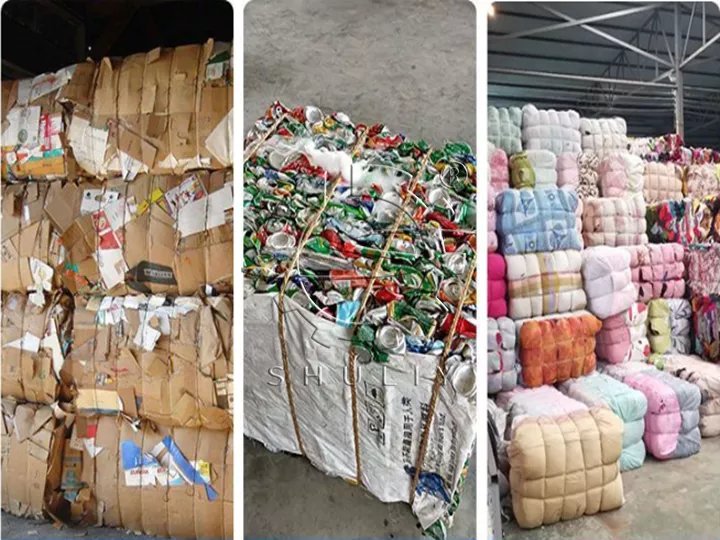
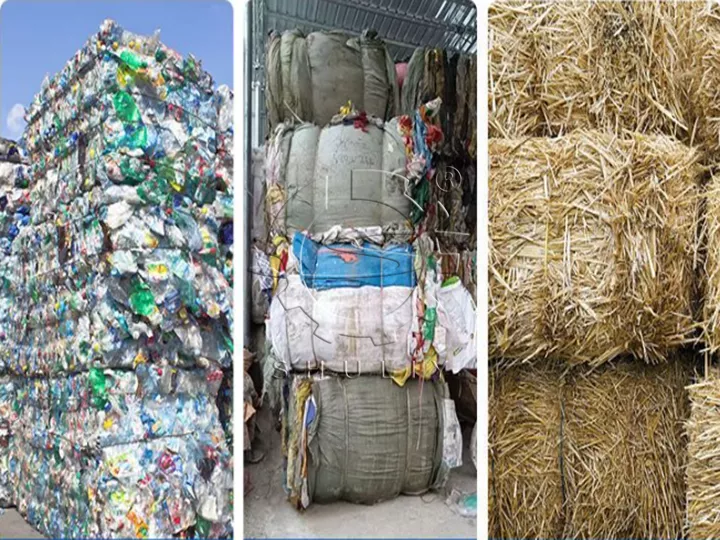
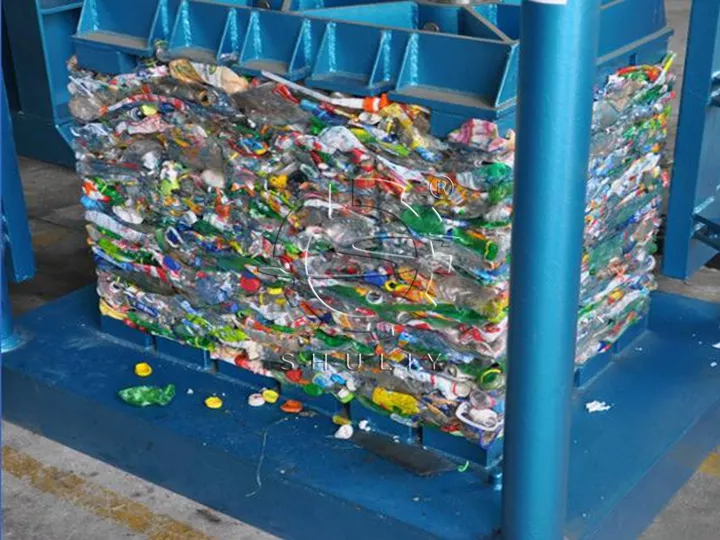
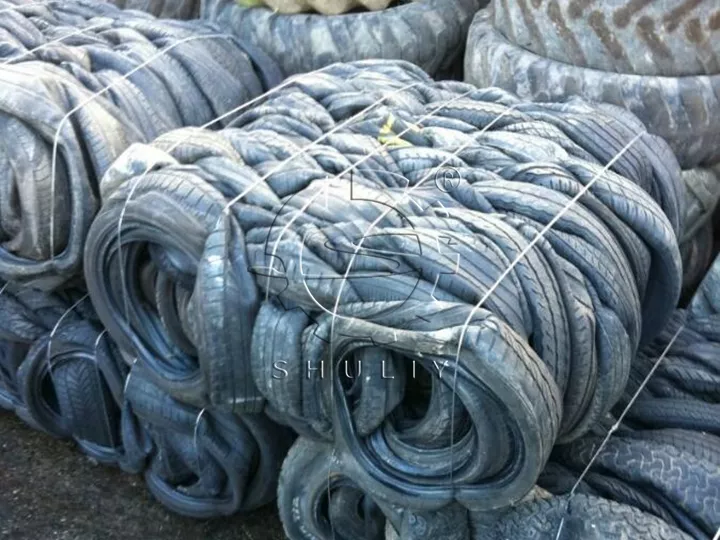
总体而言,打包机在各种行业中发挥着重要作用,有助于提高效率、降低成本、最小化尺寸、确保产品质量并促进可持续发展和环保实践。
液压布料打包机主要特点
- 高效、快捷: 衣服打包机可以快速有效地将旧衣服或纺织品打包成紧凑的包裹。这提高了生产率并降低了劳动力成本。
- 紧凑的包装: 服装打包机可以将衣服打包紧密、均匀,确保包裹安全。这有助于减小包装尺寸,降低运输和存储成本。
- 广泛的适用性: 衣物打包机通常可以适用于各类废旧衣物、纺织品和纤维材料,包括废旧衣物、床上用品、毛巾、织物等。
- 环保节能: 大多数服装打包机的设计都是节能环保的,通过最大限度地减少资源浪费和能源消耗来减少对环境的影响,从而促进可持续发展和环保实践。
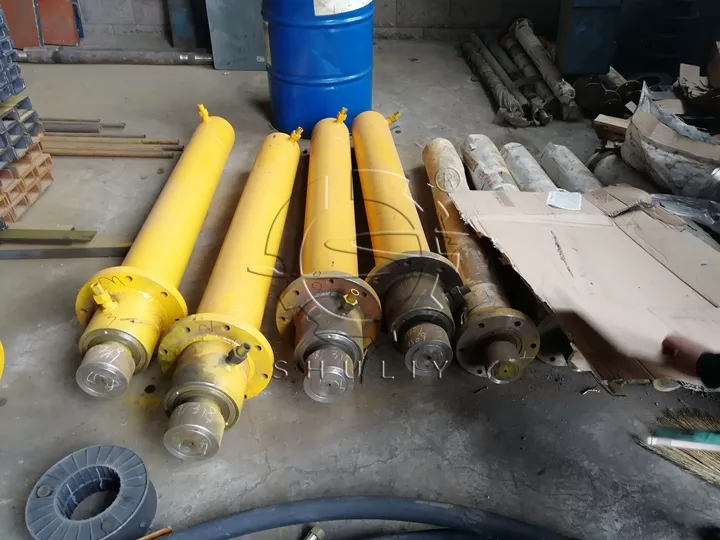
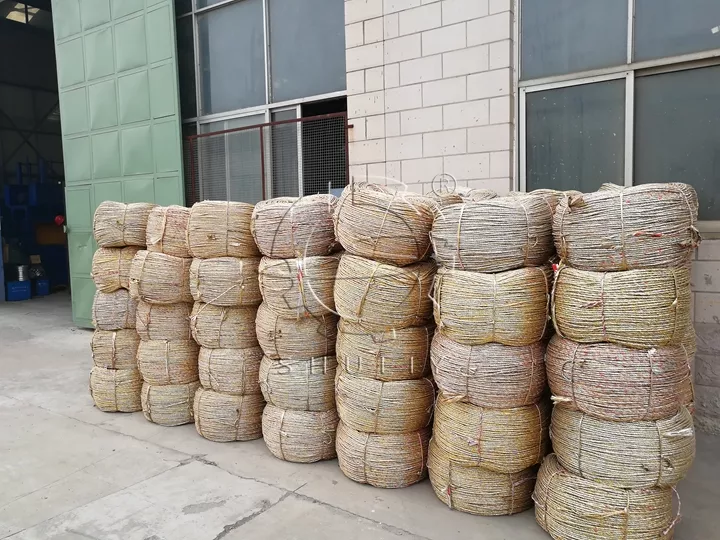
不同型号的打包机
根据您处理的废物量和生产规模确定合适的型号和尺寸。不同型号的打包机有不同的处理能力和技术参数,列举如下:
| 模型 | SL-40T | SL-60T | SL-80T | SL-100T |
| 液压功率(T) | 40 | 60 | 80 | 100 |
| 打包尺寸(长*宽*高)(mm) | 720*720*300-1600 | 850*750*300-2000 | 1100*800*300-2100 | 1000*1000*300-2100 |
| 生产能力(t/h) | 1-3 | 2-4 | 4-7 | 8-10 |
| 功率(千瓦) | 18-22 | 22-30 | 30-45 | 45-60 |
| 进料口尺寸(L*H)(mm) | 1000*720 | 1200*750 | 1500*800 | 1800*1000 |
| 重量(T) | 8 | 10 | 13 | 8 |
服装打包机成功案例
随着全球环保意识的提高,越来越多的国家开始加强废物管理和回收。我们的打包机已出口到美国、印度、巴西、德国、日本、韩国、印度尼西亚、越南、墨西哥等地。
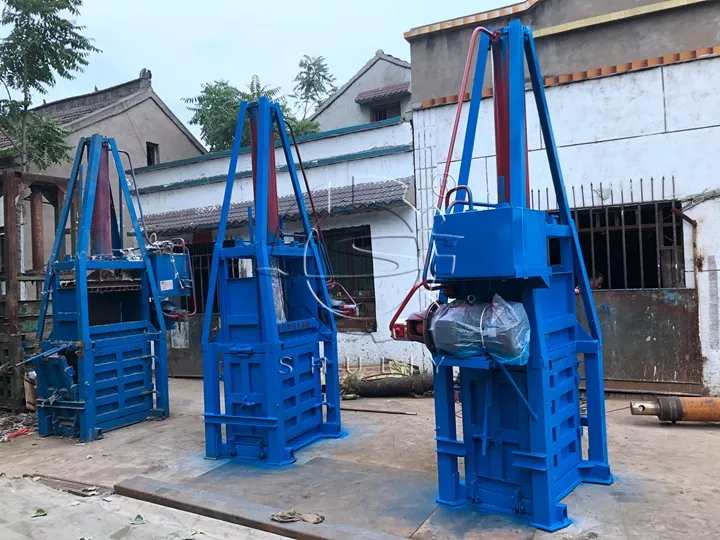
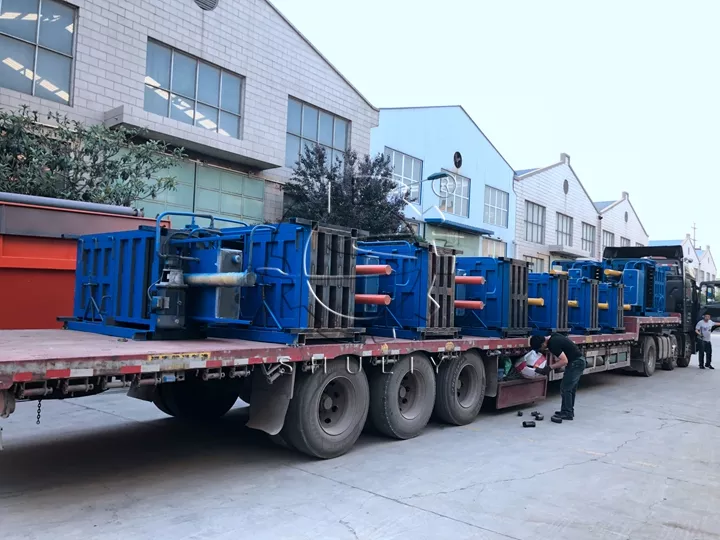
液压打包机常见问题解答
国外客户在购买废旧衣物打包机时可能会问一些常见的问题,以下是一些主要问题及相应的解答:
它的电源要求是什么?
打包机通常需要电源,我们将根据设备规格的当地电压提供电源要求的详细信息。
是否提供培训和安装服务?
是的,我们通常提供设备安装和操作培训服务,以确保我们的客户能够正确使用设备。
能否提供设备的技术规格和参数?
当然,我们会提供设备的详细技术规格和参数,以帮助您了解设备的性能。
我们可以根据客户的需求定制设备吗?
是的,我们通常可以定制设备,以满足不同应用的特定客户需求。
设备的运输和安装费用是多少?
运输和安装成本通常根据设备型号、目的地和其他因素而有所不同。我们将提供相应的成本估算,并与您协商最佳解决方案。
这些问题通常涵盖了客户在购买废旧服装打包机时的顾虑,提供详细的解答将有助于您做出明智的购买决定。我们公司还销售先进的金属压块系统机器。如果您有任何需求,请随时与我们联系!
